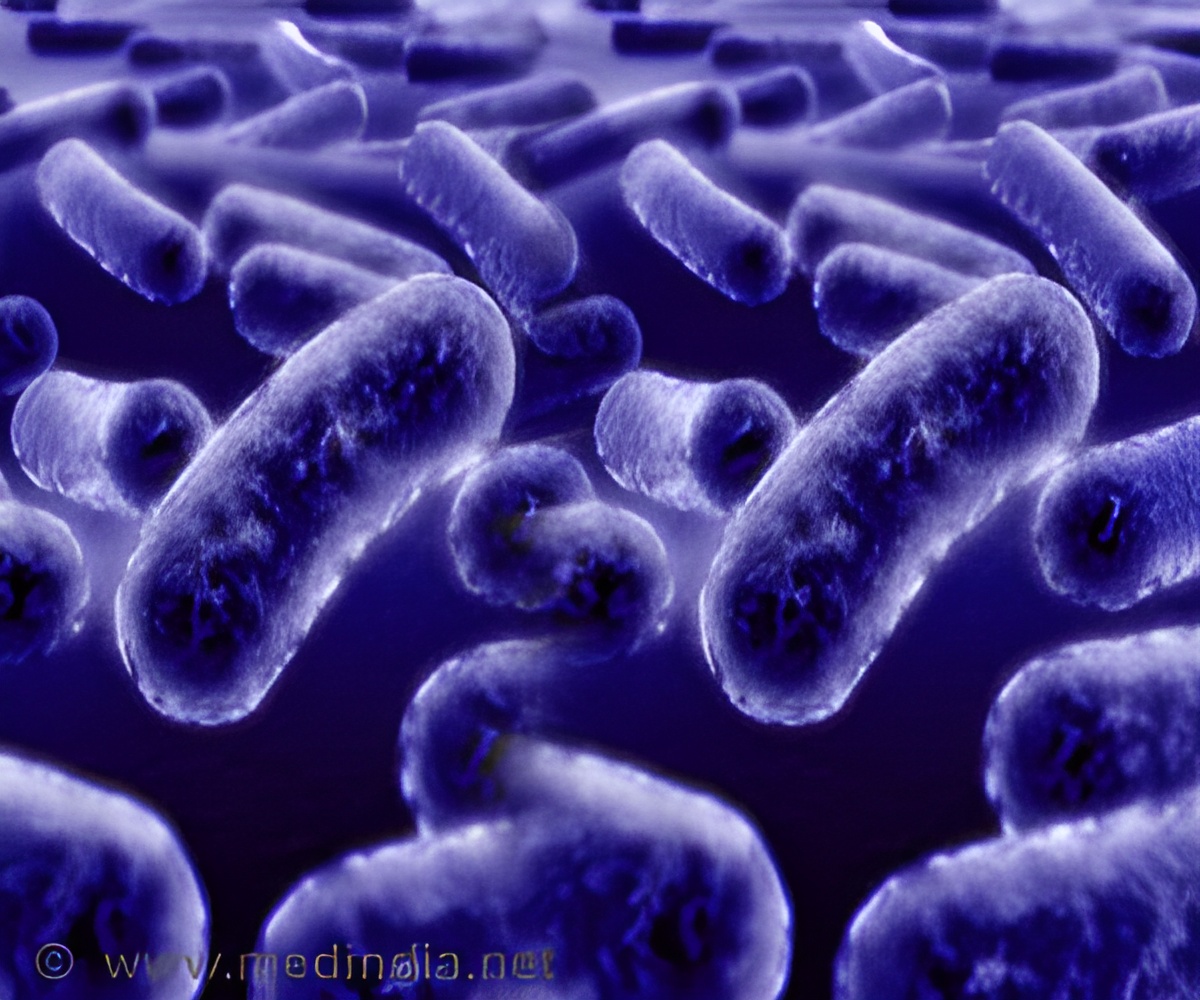
Staphylococci have been a big problem for hospitals all over the world since the 1940s and, for many years, the pharmaceutical industry has been able to develop new antibiotics to keep up with the emergence of the aggressive bacteria. However, from 1970 to 2000, virtually no new antibiotics have come on the market. Staphylococci are gaining in the race – resistance is growing, and treatment options are few. In short, doctors have been set back to the time before penicillin was mass produced.
Research performed in collaboration between the University of Copenhagen and the Technical University of Denmark (DTU) focus on a new form of treatment – so-called antivirulence therapy – based on marine bacteria producing Staphylococcus inhibiting compounds.
"The marine compounds effectively inhibit the ability of staphylococci to form toxins and camouflage proteins that prevent our immune system from reacting to an infection. At the same time, marine compounds appear to paralyse a sophisticated communication system that provides staphylococci the opportunity to undertake a coordinated attack on the organism," says Anita Nielsen, PhD. She has published new results in PLOS ONE with Professor Hanne Ingmer from the Department for Veterinary Disease Biology at the University of Copenhagen's Faculty of Health and Medical Sciences.
In the United States, resistant staphylococci cause more deaths than AIDS on an annual basis. Antivirulence therapy protects the body's natural bacterial flora and disarms, so to speak, infectious staphylococci bacteria. In this way, the body's immune system potentially gets a chance to defend itself against infection – and, in the long term, this form of treatment can mean that patients experience fewer harmful side effects.
Potent compound from the Solomon Islands
Advertisement
"Solonamid B inhibits the ability of staphylococci to produce various toxins that break down our blood cells. White blood cells in particular are important in this context, because they participate in the fight against invasive bacteria during an infection. When Solonamid B is added to bacteria, it reduces their toxin production so only a fifth of the white blood cells die that would otherwise succumb to the staphylococci toxins," says Professor Hanne Ingmer.
Advertisement
Source-Eurekalert












